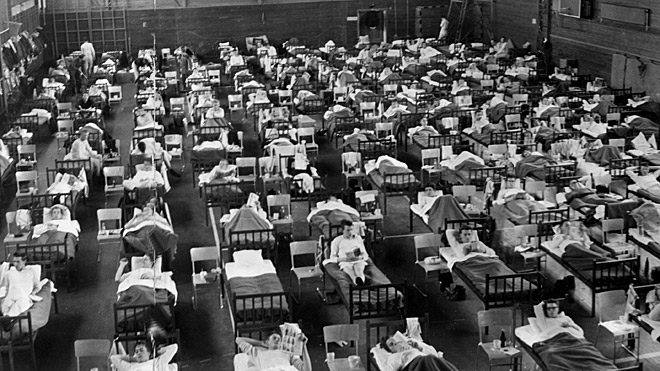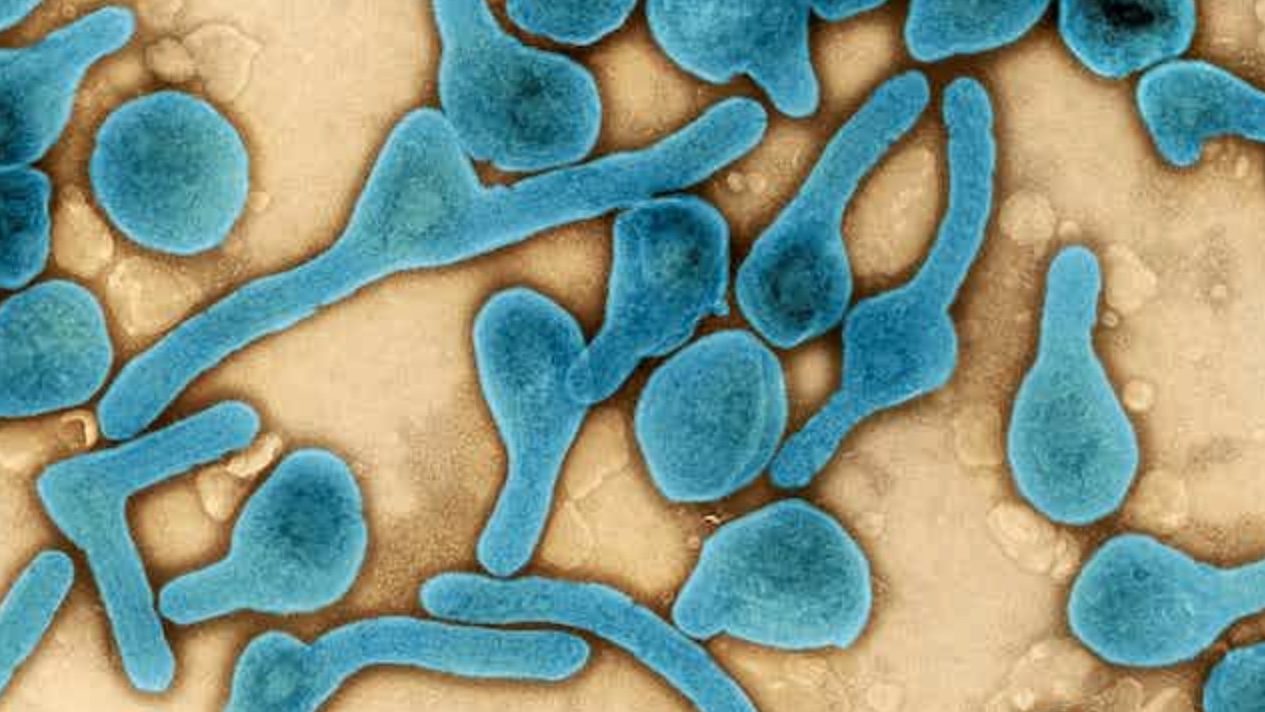17 tech innovations that could help ease coronavirus lockdown restrictions

DepositPhotos
- We’re eager to return to “normal,” but authorities are understandably wary about lifting lockdown restrictions while a vaccine and effective treatment for COVID-19 continue to elude us.
- Innovators and tech companies are stepping up with new solutions as well as repurposing existing tech to help ease lockdown restrictions.
- Technologies already in use include those for protecting and empowering healthcare workers, tracking the movement of the virus, testing people on a massive scale, and disinfecting public spaces.
The novel coronavirus has pushed half the population of the world into lockdown, disrupted studies for millions of students, destroyed unknown number of businesses, and slowed down the global economy.
Everyone is eager to return to “normal,” but governments and public health authorities are understandably nervous about lifting lockdown restrictions while a vaccine and effective treatment for COVID-19 continue to elude us.
The disease has caused over 207,000 deaths worldwide, and a second wave has already hit Asian countries that were first to emerge from lockdown. Dr. Robert Redfield, director of the CDC, predicts that a second wave will hit the U.S. in November, and a leading epidemiologist warned we’ll face a cycle of lockdown and release every three months or so until we develop a vaccine.
With spring 2020 giving way to summer, and much of the world beginning to slowly ease up on restrictions, what’s next? What will be “the new normal” as we leave our homes while continuing to flatten the curve?
At this point, like so much else, it’s a big unknown. Until we can cure or prevent COVID-19 for good, innovators and tech companies are stepping up with new solutions and also repurposing existing tech to help ease restrictions.
Here are a few of the most promising innovations that are already in motion.
One of the most pressing imperatives is to relieve the pressure on health workers so that the system as a whole doesn’t collapse, as it did in Spain and Italy, causing the highest death rates in the world. We need to help healthcare workers manage their workloads and improve healthcare delivery so that everyone receives the care they need, from the sickest on ventilators in the ICU, to the physically healthy at home with mental health issues.
Telemedicine platforms like Telehealer help deliver healthcare remotely, alongside remote monitoring solutions like Resmetrix, which tracks, records, and sends vital health information to medical professionals. A similar system, Biofourmis, also analyzes this data to predict a patient’s condition before it worsens. ResApp Health developed an app that can diagnose different respiratory diseases by listening to the user’s cough. These tools keep people out of hospitals for longer, easing demand for hospital beds, and allowing healthcare staff to check patient health metrics at a distance.
Mental health chatbots fill a vital role assessing emotional well-being needs and simply making conversation to help reduce anxiety in people affected by fear of coronavirus.

A mixed reality dashboardHolo4Triage
Holo4Triage makes mixed reality glasses for healthcare workers on the front line. These deliver step by step assistance for healthcare workers, guiding them through the process of identifying patients and processing patient details. The glasses sync in real time with the hospital IT system to share updates about currently-available resources.
There’s also a crucial need for a steady stream of medical equipment and PPE to enable healthcare systems to deliver vital care. Automakers such as Tesla, Ford, and GM are retooling parts and altering manufacturing lines to create ventilators out of car parts. Companies and private individuals with 3D printers are printing advanced masks, face shields, and ventilator components. The 3D Systems team in the UK has called on anyone with engineering expertise or a 3D printer to help them print ventilator parts on demand.
Better data enables health authorities to understand how the coronavirus spreads, its incubation period, and which are the most-affected areas, so that they can make the right decisions about when, where, and how fast to raise restrictions. Improved data and data sharing also reveals which restrictions are the most effective.
A number of countries are using surveillance apps to track citizens’ movements and to identify and notify people who come into contact with someone infected with COVID-19. The same apps can be used to ensure that people placed under quarantine follow the rules of self-isolation correctly. South Korea and Hong Kong have taken the concept a step further by experimenting with smart wristbands that perform the same task, although human rights and privacy concerns prevent South Korea from making them obligatory.

Pan-European Privacy-Preserving Proximity Tracing
Data gathering and analysis apps like EpiMetrics help by tracking outbreaks in real time and creating a map that charts the spread of disease. Sickweather similarly aggregates social media data, crowd-sourced data, third-party sales, and clinical and demographic information to create real-time health maps that support the early prediction of outbreaks and guide authorities to high-risk zones.
Faster diagnosis helps slow the spread of infection, while remote diagnostic tools protect healthcare workers who would otherwise have to be dangerously close to infected individuals in order to perform a swab, check temperature, etc.
Thermal cameras that can identify individuals with high temperatures out of a crowd are popular for fever detection, although opinion is divided about how effective they are. In Israel, one team is modifying a battlefield radar for use measuring heart rate, respiratory rate, and body temperature from a distance.

The Symptomate appInfermedica
Digital health company Infermedica produced a free COVID-19 Risk Assessment Tool that can be deployed as a widget on any platform, website, or app, including its Symptomate app. The easy-to-use diagnostic tool is available in over 20 languages, applying a triage-oriented method to assess the user’s health situation regarding COVID-19. It’s based on WHO guidelines, as interpreted by an expert team of doctors, to help people who suspect they may have COVID-19 to decide whether they need to contact their doctor or remain at home. Already adopted by the Ukranian and Polish health authorities, the Infermedica tool eases pressure on healthcare providers and cuts confusion among patients about what to do next.
While there’s still debate about the main vectors of infection for the coronavirus, we know that it can linger in the air and on surfaces for significant lengths of time.
This makes autonomous and robotic disinfection and sanitization solutions like EVA Robot and Aziobot extremely important in helping to slow the spread of infection.

Disinfecting public transport in TehranFars News Agency
Disinfection and sanitization bots can clean pavements and surfaces on public transport, and they’re likewise valuable in indoor places that have a high number of cases, like some industrial plants. In a similar vein, a company in India is among those producing autonomous disinfection chambers, which help quickly disinfect individuals exposed to coronavirus, such as paramedics and front-line healthcare workers.
It’s almost inevitable that some restrictions will be with us for another 18 months or so until we have a vaccine or viable treatment for COVID-19. So it’s reassuring to know that with the help of new technology, we won’t need to spend it all indoors.
Improving healthcare provision, speeding up diagnostics, gathering and analyzing data to track spread of infection, and streamlining disinfection can aid in lifting restrictions, making life in the shadow of corona more pleasant and less anxious for everyone.





